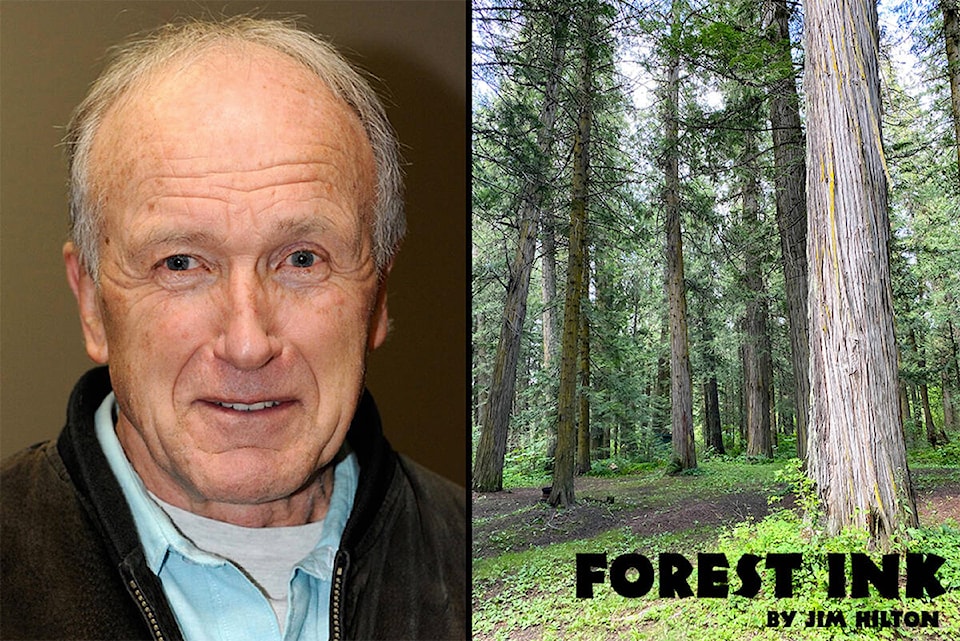There were some interesting articles about the ongoing debates about old growth forest deferrals in the spring 2022 issue of the Truck Loggers BC magazine. The impact varies depending on the size of the tenure starting with the smallest woodlot tenures.
An article by authors Grady and McNaughton describes how the impact can be considerable because they don’t have the flexibility that is afforded to tenures with a larger land base. When I was working on the wood lot program I often had similar conclusions when changes intended for the large licensees were applied to the woodlots with a small fraction of the volume.
As pointed out by the authors, 764 woodlot licensees may be required to come up with new management plans and inventories while the amount deferrals proposed will only account for 0.33 percent of provincial total. A lot of old growth is already protected through existing deferrals and managers are well aware of the need to protect areas for the futures of their families who will inherit the land. The larger land base of community forests appear to have been better able to deal with the deferrals as described by and article in the same magazine by Jennifer Gunter.
Many of the community forests are operated by local indigenous groups or as joint partner ships with local communities and were better able to deal with their unique concerns. A recent survey found that 44 percent already have a plan to retain ancient, rare, and big-tree old growth identified by the Old Growth Technical Advisory plan and an additional 31 percent are in the process of developing plans.
These plans were deemed to be more accurate than what the government was proposing in their recent deferral plan. As Gunter points out for the last two decades community forests have shown they are a tangible way to create local forestry jobs, promote rural development, climate change adaptation and wildfire risk reduction. Many community forests operate in highly constrained areas close to communities which often have had concerns about past harvesting activities. At present community forests only represent three percent of B.C.’s annual harvest so there are plenty of areas that could deal with changes like old growth deferrals if they were under community forest tenures.
There were a number of other articles written by industry representatives with one author being concerned about the mills that rely on the large diameter trees. While I agree these mills will be the most likely to see a reduction in available large trees but it will be very difficult to determine the impact on jobs because amount will vary considerably across the province.
As described in previous articles the best way to determine how much big old tree volume will be available is through more detailed inventories on small area based units. If we are overly optimistic in the rate of harvest for old trees then there will be less or none for future generations of loggers. I think another advantage of fommunity forests is that managers would be more likely to deal with salvage opportunities of old growth compared to larger volume based licences.
news@wltribune.com
Like us on Facebook and follow us on Twitter
